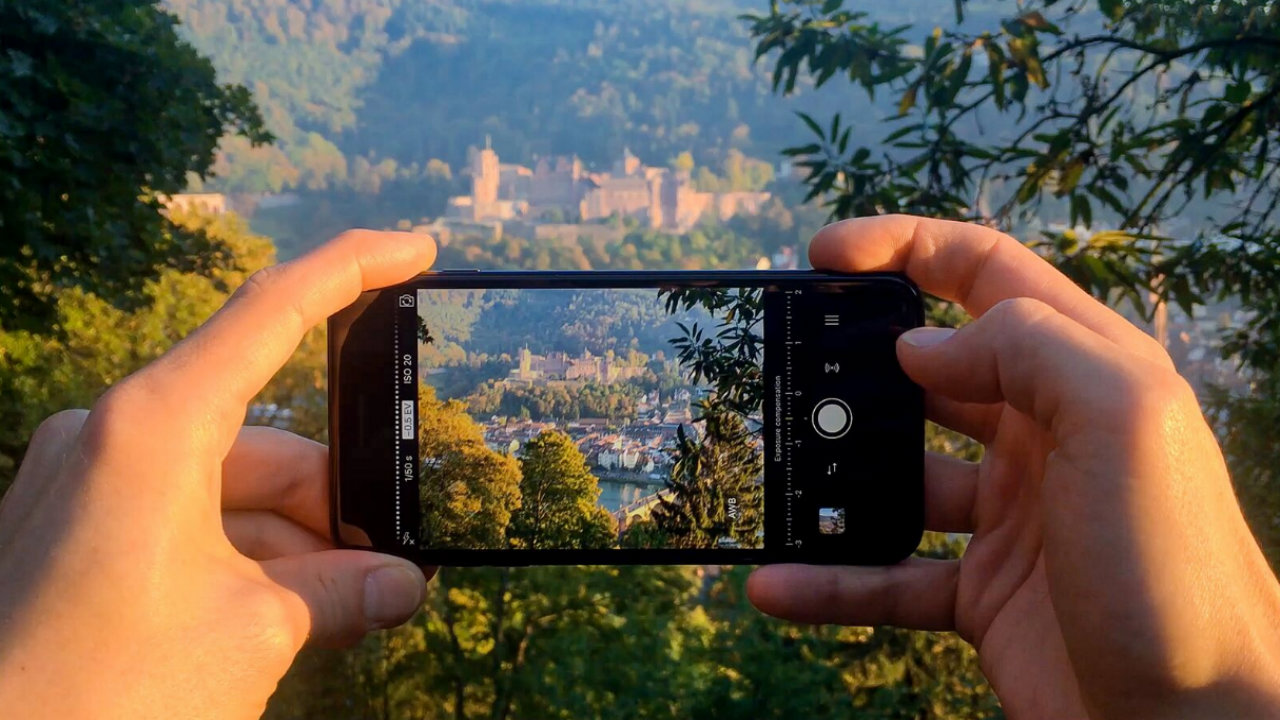Symmetry is apparent when one side of a photo mirrors the other. Most photographers, from beginners to professionals, are familiar with the concept of photography symmetry. But what exactly does symmetry in photography look like?
Imagine a photo of a lake. There are two trees on the left and two trees on the right. Clouds are evenly dispersed throughout the sky, and there is a swan in the middle of the lake. If you split this photo down the middle, there would be two halves with the same contents. The left is proportional to the right.
Psychology comes into play when we observe a photograph. We tend to like things that are symmetrical, such as patterns or images. Not only do we gravitate towards things that are symmetrical, but we actually avoid things that are asymmetrical. In fact, there is research showing that we trust people with more symmetrical faces and find them more attractive.
The same goes for symmetrical photography. If you want people to be more intrigued by your images, keep reading.
What is symmetry?
The definition of symmetry in photography is a visual balance between two halves of an image. Both sides of the image carry the same weight, meaning the composition is evenly distributed. One side is not overly cluttered compared to the other. Symmetry creates a feeling of harmony and makes an image more pleasing to look at.
When something is symmetrical in photography, it does not overwhelm a viewer’s focus. With balance, our eyes can navigate a composition without being pulled in too many different directions. This type of image is less distracting and ultimately favorable, especially for an image that is supposed to evoke a feeling of calmness. As a visual technique, it works to create stability.
What are the rules of symmetry?
It is not difficult to achieve a symmetry in your photography. The only true rule is equilibrium, which is another word for balance. If you imagine that each object in your photo has weight to it, then you wouldn’t want one side to be heavier than the other.
To stay true to the rule, simply create a grid in your mind that takes up the entire frame of your composition. If you are attempting to capture a single object, situate it in the middle of your image. This could mean moving your camera or object depending on the environment.
What are the three types of symmetry?
Although it is not common knowledge, there are three types of symmetry. Each type of symmetry contains a sense of balance, but is seen in different orientations. The three types of symmetry balance are:
1. Vertical Symmetry
This is the type of symmetry that comes to mind most often when someone hears the word “symmetry.” It is apparent when the left and right side of an image look almost identical. Most architecture, including houses, are vertically symmetrical, with windows evenly distributed around a door or entryway.
2. Horizontal Symmetry
In contrast to vertical symmetry, horizontal symmetry exists when the top and bottom of a photo mirror each other. This type of composition is generally seen in landscape photography. For instance, a grassy field dotted with colorful flowers taking up the bottom half of an image, and a blue sky dotted with clouds taking up the upper half.
3. Radial Symmetry
This is typically the least known form of symmetry, but it is very simple. Radial symmetry relates to a circular pattern such as a spider web, ripple effect, or spiral. A camera lens itself can represent radial symmetry, depending on its type.
Equipment for symmetrical photos
It is more than possible to capture a symmetrical photo with a simple camera, or even your phone. However, a camera tripod is a great tool to ensure balance, because it keeps the camera perfectly still as you find the middle of the composition.
Achieving Symmetry in Photography
Now that you are more familiar with the definition, rules, and types of symmetry, you are ready to pick up a camera and practice this technique. Once you practice, it will come more naturally, and you will start to notice symmetrical balance more frequently. It will become easier to create an even composition.
If you need some inspiration to create symmetry in your photography, check out these vector images. Remember not to force it too much, and do not overthink! Symmetry can appear when you do not expect it; you may be pleasantly surprised by how often symmetrical photography presents itself.